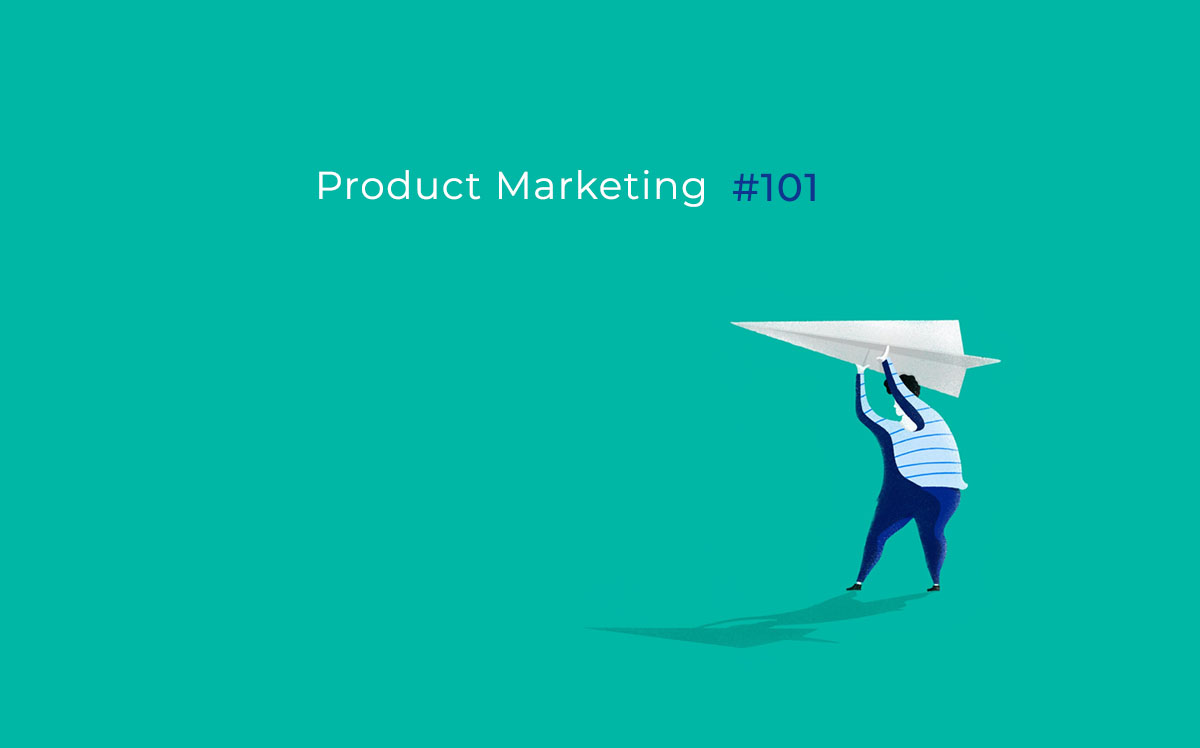Napoleon once said, “Never interrupt your enemy while he is making a mistake”. Winning becomes so much easier if your competitor is making a mistake. But what if it’s you who is actually making a mistake while your competitors are making merry? There’s no way you are going to figure it out until you know what your competitors are up to. And to know your competitors well, you must conduct a deep Competitive Analysis.
Whether you are a veteran having many years of experience in the marketplace or a newbie getting ready to bring your product to the market for first time, chances of other companies offering a similar product or service as you are pretty high. You can consider these companies as your potential targets with whom you have to compete in the market.
Establishing an edge over your competitors is mandatory to survive in today’s competitive market scenario. But the main concern is how to get that extra edge over others?
The solution lies in conducting a deep analysis of your competitor’s strategy. Knowing what your competitors are doing, how they think about the market, what tactics they are using, etc. can make all the difference in the battle for acquiring customers.
The weakness of your enemy forms the part of your strength.
Finding the greatest weakness of your competitor is the key element of success. Take notes of chinks in their armour and never stop learning from them.

Competitive analysis is not just about skimming through the competitor’s profiles on social media but also acquiring complete knowledge and insights about their business. This, in turn, will help you to make better decisions for your marketing strategy. Competitive analysis is a continuous process and should be conducted regularly. It helps you outsmart your competitors and stay one step ahead of them.
The good news is you don’t have to spend thousands of dollars or days to analyze your competitors. By spending a couple of hours online and using a few free tools you can get most of the information you need to get a full picture of your competitor’s strength and weakness. Based on the information, you can formulate a plan to exploit their weakness to your advantage.
Why Competitive Analysis?
Competitive research or analysis is part of strategic research through which you collect and analyze the information about your rival firms. Conducting competitive research is completely legal as long as you collect information available in public domain. Once you conduct competitive research you will be able to answer these important questions:
- How my company stands out? What makes it unique?
- How does user experience on my website differ from the competitor’s website?
- What customers think of my company compared to that of my competitor’s?
Here’s a simple 7 step framework about how to do a competitive analysis:
Choose Your Competitors
Before you start with competitor research, the foremost requirement is to make a list of top ten market competitors. To identify the competitors you can use the free online tools such as Alexa, Amazon, SEMRush, SimilarWEB or simply Google search. Look out for the competitors who:
- Sell similar type of product or service
- Targeting the audience of similar or slightly different demographics
- Are both new or experienced in the marketplace
You should be careful while sorting out the list of competitors. In other words, if you are making shoes in a small warehouse, don’t choose Nike or Adidas as your competitors unless you are directly competing with them. If your customer base is mainly local, regional and limited to a certain demographic, then select local or regional competitors for your analysis.
Categorize Your Competitors

Now that you are done with choosing the right competitors, it’s time to categorize them. This will help you to determine how they can impact your business. You can categorize them in the following three groups:
- Primary Competitors
These are your direct competitors, offer the same product & service, aim for the same target audience and make earnings the same way you do. For example, Apple is a direct competitor of Samsung in the Smartphone marketplace and Adidas is a direct competitor of Nike.
2. Secondary Competitors
These are almost the same as direct competitors; they don’t offer the product or service as you do, but they fulfill the need of the same customer base as yours. For example, Dominos and McDonalds are indirect competitors they sell pizza and hamburgers respectively, but they both the target the same audience.
3. Tertiary Competitors
Tertiary competitors are also known as replacement competitors. They can create obstacles in the market analysis because of their unpredictability. They don’t target the same customer base and sell slightly different product and service as you do. They can replace your product with a newer, faster and more productive solution and there’s very little you could do to prevent consumers to prefer those options.
Describe Their Offering
This is one of the easiest steps to follow as most of the companies provide their offering on the public website. You can download the brochures and data sheet easily from the respective website to get a clear understanding of the product or service they are offering.
Make sure to build a list of their product and compare them with your offering. This process will give you a fair idea about the dissimilarities between you and your competitors.
Summarize Their Online Presence
This is one of the most important aspects of competitive research. Everyone starts their buying process with an online search. It’s mandatory for you to understand your competitor’s online presence and by comparing it with your presence, you can have a fair idea about your product positioning.

Few factors that you can consider while investigating their online presence:
- Lookout for their website structure
- Analyze their keyword performance
- How much and what type of content they are sharing
- Ways to engage their site visitors- email, phone number, and contact form
Keep A Tab On Their Strengths
To beat your customers, it is essential to know their stronger attributes. Be honest while compiling the list of their strengths compared to your company. Some of the aspects to include in their strength are Company size, value proposition, quality standard, pricing, delivery time, etc.
Some other strengths to mention in the list, while doing a competitive analysis are web traffic, ease of doing business, keyword ranking, quality content, ways to engage visitors, etc.
Keep A Tab On Their Weaknesses
Knowing the weakness of your competitors may help you to identify your own strengths. Perhaps, you can turn their weakness into your strength to gain a competitive advantage over them. To identify their weakness you can look Into aspects like Small team size, Building size, Low net profit, Poor sales effort, etc.
Be sure to make a list of their weakness in their online presence as well. That includes poor website structure, mobile unresponsive website, confusing and frustrating interface, slow page loading time, Lack of useful content etc.
Identify Area For Improvement
After completing all the above steps, you now have a better idea and understanding of what your competitors are all about.
Gather all the information about each competitor and make a list of areas that need improvement. And after analyzing your competitors, you surely would find some aspects you need to improve on. Providing a better and improved version of the product would easily convince customers to choose your product over competitors.
Conclusion
You won’t get success overnight. Competitive analysis is an ongoing process. It should be conducted at regular intervals to gain the advantage needed to outsmart your competitors. Take necessary measures and track your progress by using tools like Google Analytics, Moz, Webmaster tools. This will give a fair idea about what’s working for you and what isn’t.
In case, you need some help in conducting a competition analysis, feel free to drop us a message. Our team of seasoned product managers and business analysts would be happy to help you anytime.

